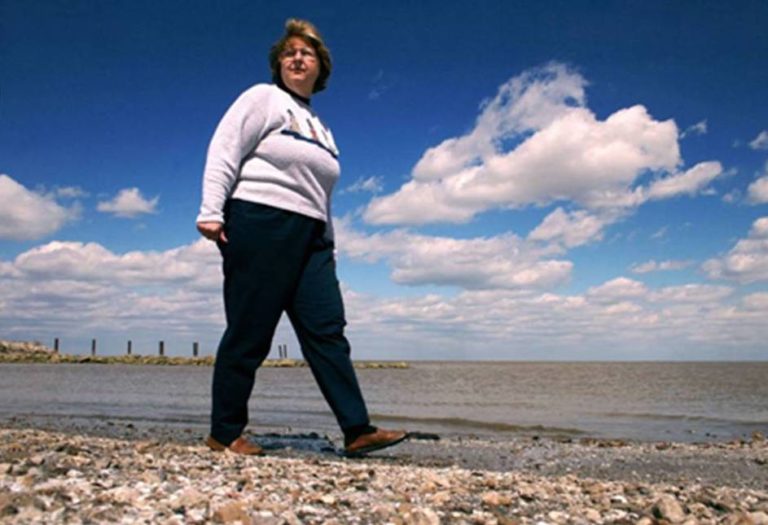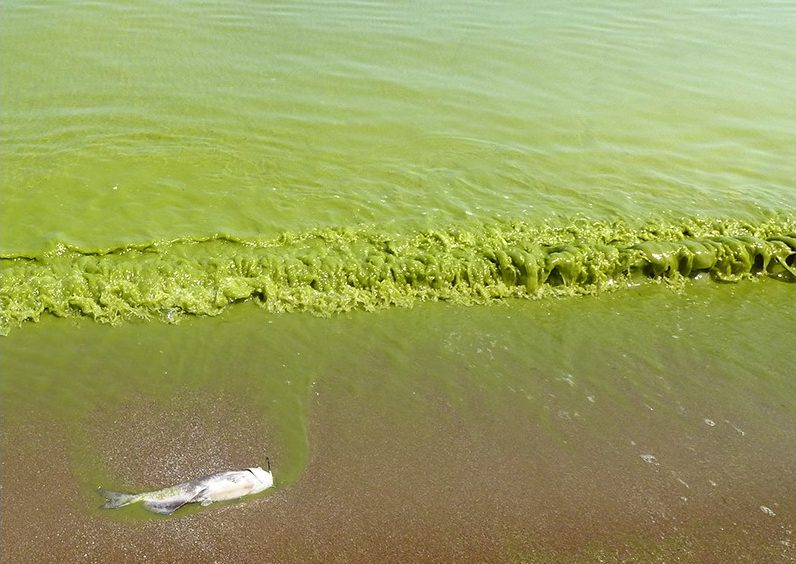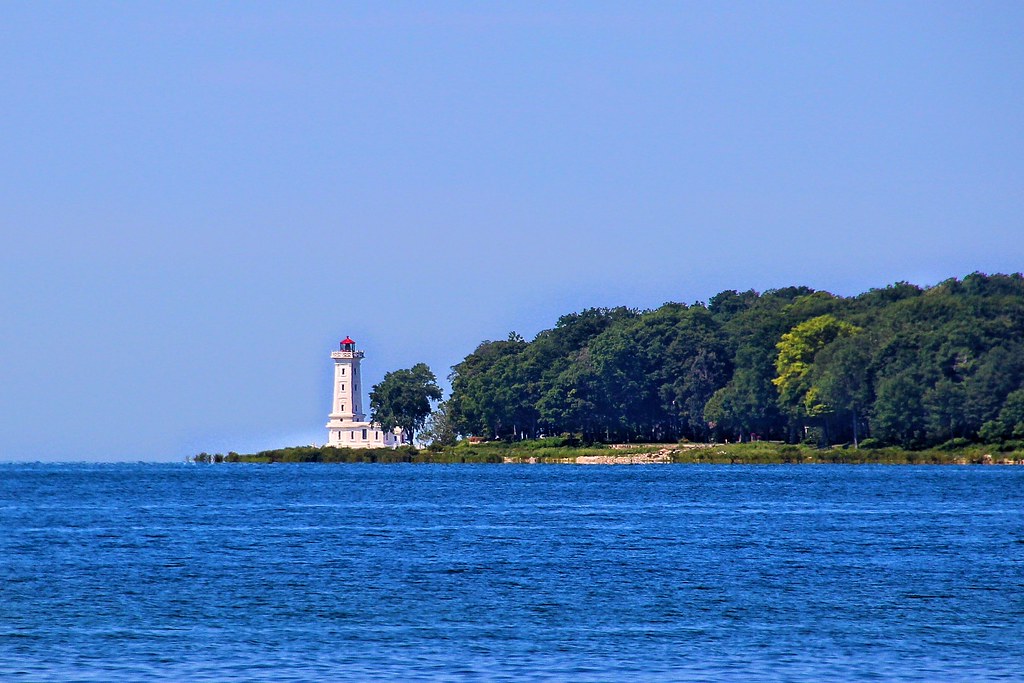Who is Waterkeeper: Sandy Bihn, Lake Erie Waterkeeper
By: Thomas Hynes

Sandy Bihn has been Lake Erie Waterkeeper since 2004, though she says she has had an inherent love of water her entire life, something that has always been in her DNA.
Bihn can see the water of Lake Erie from her home near Toledo, Ohio. The lake’s water churns over every few days, but it can appear to change more rapidly, or ‘minute by minute’ as Bihn says. Her journey to the role of Waterkeeper began in earnest in the mid 1990s when she noticed a different kind of change to the water of Maumee Bay, an embayment of the lake near her home. The water was turning green.
“That was a turning point that the lake really needed help. We needed to figure it out,” says Bihn. “I decided I wanted to build an organization that speaks for the lake and addresses the issues of the lake.”

Bihn doesn’t have the usual environmental advocacy background. She’s not a biologist or a chemist. Nor had she worked in nonprofits. On the contrary, she has an MBA. Previously, she had been the finance director for her hometown of Oregon, Ohio. It’s this unique experience, however, that leads her to view things through a cost-benefit lens. It’s also what drew her specifically to Waterkeeper Alliance.
“I looked around for organizations that were flexible, that were also able to provide expertise in the Clean Water Act, legal action, organizational development, and marketing,” says Bihn. “Waterkeeper Alliance was the perfect fit.”
Lake Erie is, as Sandy will tell you, the shallowest and fishiest of the Great Lakes. In fact, it has more fish than all the other Great Lakes combined. It’s also the economic engine of the region and the source of drinking water for over 11 million people across the U.S. and Canada. All those people translate to lots of sailing, swimming, and kayaking. But it also means a lot of pollution.
Before the Clean Water Act passed in 1972, Lake Erie was devastated by decades of pollution. Laundry detergent, specifically the phosphorus it used to contain, was one of the biggest culprits. In 1977, legislation was passed in nearly 30 states banning phosphorus in laundry detergents. And then, as though it were a miracle, the lake took on a beautiful clear blue color.

Unfortunately, this appearance didn’t last. Beginning in the mid-1990s, algal blooms began to proliferate across Lake Erie. Agricultural runoff was — and sadly still is — to blame. Specifically, untreated manure being applied to the land is overwhelming the soil with more nutrients than it needs. The excess nutrients then run off into the watershed and into the drinking supply. In 2014, microcystin got into the Toledo water intake, forcing the city to warn citizens there not to drink the tap water for three days on account of microscopic bacteria that had gotten into the treated water.
“The new wave of the Clean Water Act is going to be about confronting nutrients and algae,” says Bihn. “It’s sweeping across the nation. And once again, Lake Erie is the epicenter.”
As Lake Erie Waterkeeper, Bihn has faced a lot of other challenges too. In 2011, she took on the Bay Shore coal plant. The plant’s water intake was responsible for 46 million dead fish, which made it the largest fish killer intake in the entire Great Lakes. She also had success stopping a proposed coke plant with mercury emissions just by commenting and appealing it.
“That was a turning point that the lake really needed help. We needed to figure it out. I decided I wanted to build an organization that speaks for the lake and addresses the issues of the lake.” – Sandy Bihn, Lake Erie Waterkeeper
Working with the National Wildlife Federation, she filed an appeal against open lake dumping of sediment from the Toledo Shipping Canal into Lake Erie. Bihn ultimately lost that appeal. Today, however, there is a ban on open lake dumping. Bihn says the point was to not let it, or any polluting malfeasance for that matter, go unquestioned.
“What people don’t understand is that just asking people not to pollute is not going to work,” says Bihn. “You have to work within the system, either with comments or legal action. If you don’t do that, you’ll get nothing out of your argument and the chances of you changing anything is nil.”
Bihn encourages anyone looking to get involved to visit their website. Attending meetings is another option, especially when people see things happening to their waterways in their area. More than anything, Bihn encourages people to care about their waterways and to share with others that water is an important resource that must be protected.
“Water is everywhere so Waterkeepers are needed around the world,” says Bihn. “The more we have, the better we represent the waters, the more successful we all will be collectively.”